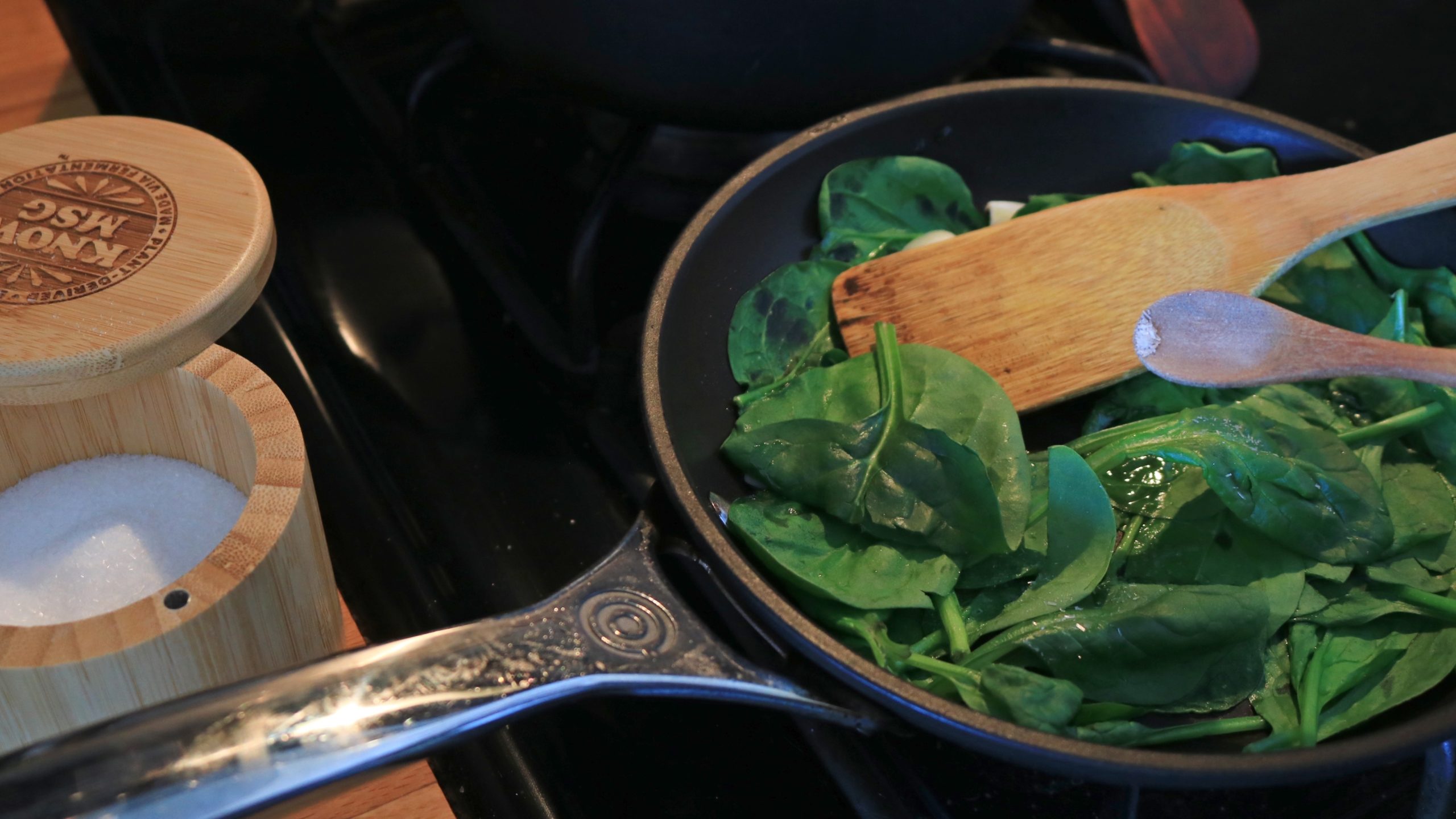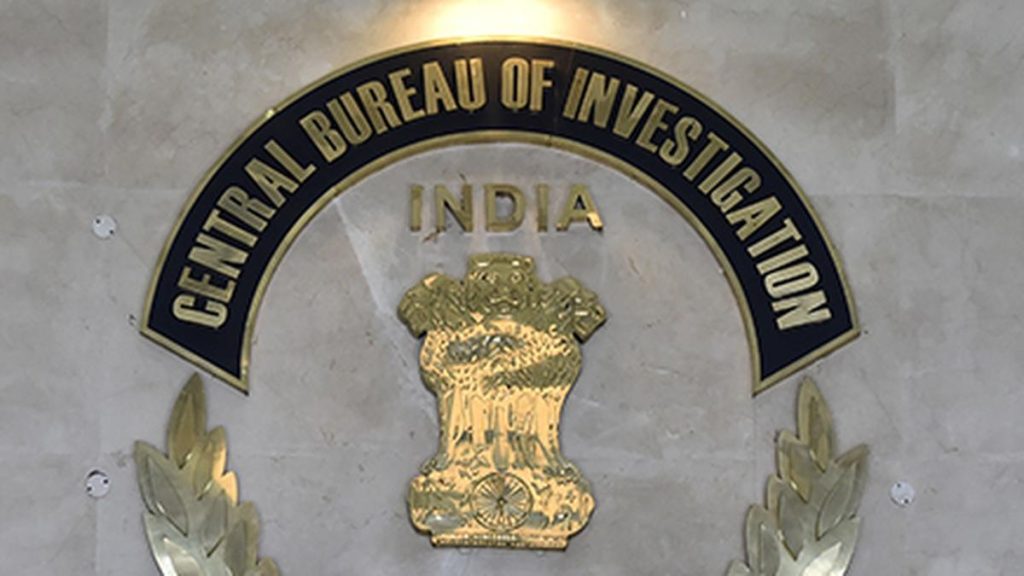Now Reading: Reducing Salt Intake: How Soy Sauce and MSG Can Help
-
01
Reducing Salt Intake: How Soy Sauce and MSG Can Help
Reducing Salt Intake: How Soy Sauce and MSG Can Help

### Quick Summary
– The article discusses strategies for reducing salt intake in cooking to promote longevity.
– MSG (monosodium glutamate) and soy sauce are proposed as lower-sodium alternatives that enhance flavor alongside customary salt.
– Compared to table salt, MSG contains substantially less sodium (500 mg per teaspoon vs. 2,300 mg of sodium per teaspoon of table salt). Soy sauce has around 300 mg of sodium per teaspoon.
– incorporating other flavors like bitter, sour, umami, and sweet is suggested to create a balanced taste without excessive reliance on salt.
– Cooking tips include adding MSG or soy sauce first during planning and seasoning with salt later only if needed. These methods reduce overall sodium while enhancing savory notes.

### Indian Opinion Analysis
Reducing excess reliance on table salt is crucial in India due to rising concerns about hypertension and heart-related health issues linked with high sodium consumption. While the article highlights alternate seasonings like MSG and soy sauce for flavor management, this approach could also be examined based on regional preferences in Indian cuisine-many dishes inherently rely on umami-rich ingredients such as tamarind or fermented products.
However, broad adoption would require public education regarding the safe use of these substitutes amid widespread misconceptions about additives like MSG. Additionally, given dietary diversity across India, this strategy might align better within urban settings where packaged foods dominate over traditional spices that naturally balance flavors. Continued research into the cultural adaptability and nutritional impact could refine how these approaches suit India’s unique dietary landscape.
Read More: [Reduce salt Intake With Soy Sauce & MSG](https://lifehacker.com/food-drink/reduce-salt-intake-with-soy-sauce-msg?utm_medium=RSS)


























